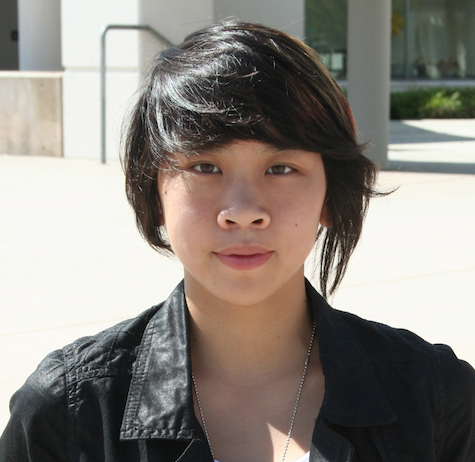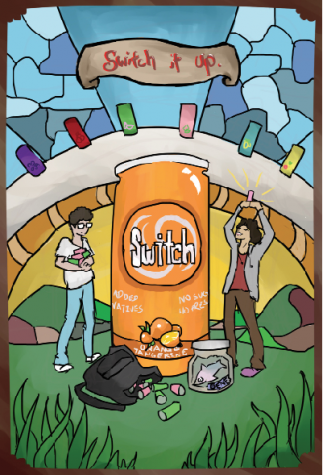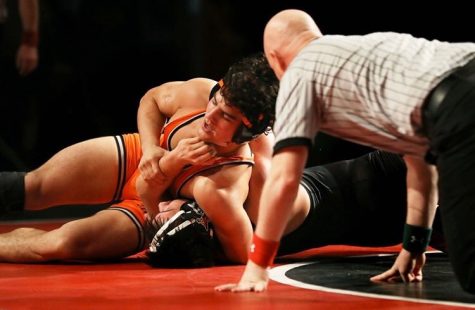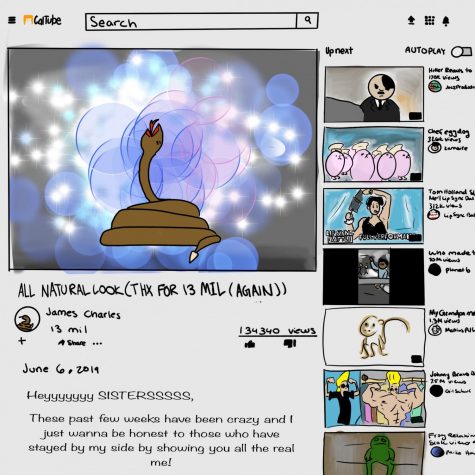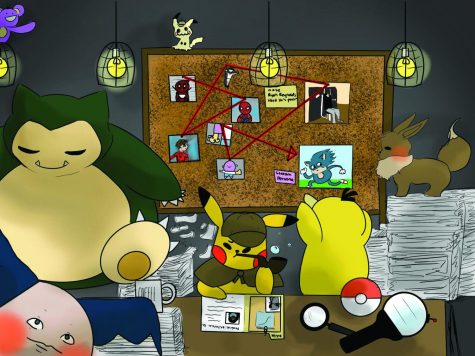Seven teachers awarded Edfund grants
Seven Cal High teachers were recently awarded San Ramon Valley Education Foundation (SRVEF) grants, potentially bringing in more than $30,000 in equipment for the school.
Three of seven teachers were awarded the macro grant, which goes up to $7,500, while the other four received micro grants which award up to $2,000.
The grant money will be used to purchase everything from laser cutters and plastic babies to the funding of buses and competitions fees. Cal teachers received the most total grants in the district.
“I think it’s a chance for teachers to fund technology and projects they otherwise can’t – it’s financial empowerment for teachers,” said math teacher Carline Fried.
The macro grants were awarded to digital photography teacher Steve Dick, choir teacher Nick Patton, and physics teacher Debbie Sater. The micro grants were awarded to Careers in Teaching instructor Cindy Bonagura, math teacher Carline Fried, science teacher Andrew White, and Crista Haar, Culinary Arts and Child Development teacher.
The SRVEF is a fundraising organization that works in conjunction with the school district to raise and donate more than $7 million each year.
The money is raised at events such as the Run for Education, a certified half marathon/5k timed run, and Night with the Stars, a celebratory dinner, according to the srvef.org website.
Although only seven teachers were granted these funds, many of them are purchasing equipment that will affect students outside of their classes.
For instance, Bonagura wants to use the money to pay for a bus in order to transport her students to an inner-city school where they can experience being a teacher in different circumstances.
“A socioeconomically disadvantaged school…outside of this ‘Disneyland’,” as Bonagura puts it, will allow her students to try teaching in an older school where most of the classrooms have no carpeting.
Dick plans on using the grant money to buy a laser cutter/engraver. Unlike the current one, which is only available to students in the engineering class, the new cutter will be available school-wide, especially for art, math, and physics students.
Of course, that doesn’t mean anyone can just wander in and cut something.
“Students will have to follow a procedure, the 12 -step design process,” said Dick.
In other words, students will have to first demonstrate they have a good idea of what they want to cut before cutting.
The laser cutters will be helpful for calculus students who would like to cut out precise pieces of cardboard for their final project. The laser can also engrave words and pictures, and as long as students follow the procedure, they can even engrave their phone cases.
“[It seems] potentially dangerous, but fun and useful,” said sophomore Mei Blundell.
Currently, Dick is in the process of ordering the laser cutters.
Patton’s scope is slightly more limited, but in no way less beneficial. He plans on using the money to purchase half a dozen piano keyboards, which would be shared between choir, band, and the AP music theory classes. Additionally, there could be a potential piano class in the future.
“I brought [the EdFund committee] printed piano keyboards, and gave them an example of a lesson with the paper pianos,” said Patton. “Then I stressed how much more beneficial it would be if I had real keyboards.”
Sater is using the money to buy laptops and sensors to be shared among the science classes.
Fried wishes to use her grant to purchase document cameras to be shared between her classroom and fellow math teacher Gary Triebwasser’s class. These cameras will be useful for showing off work or projects, as it transmits an image of whatever is on the teacher’s desk onto the overhead projector.
“The last [document camera] broke down every 10 minutes,” freshman Natasha Gnagwani said. “This one helps us learn better. It’s not a distraction.”
Haar intends to use the money for her Child Development class and purchase some RealCare babies, which cost $1,000 for each kit. The class currently does not have enough of the dolls. These dolls are excellent pieces of technology with multiple sensors to simulate caring for a real baby.
“[Having the RealCare baby] is a really good experience,” said senior Brianna Buck , who is in the class. “It teaches responsibilities,and it’s not something super easy to do.”
The last grant, which was listed under White’s name, is actually for the Health Occupations Students of America (HOSA), whose president and treasurer are seniors Caroline Lee and Rachel Wang, respectively. HOSA is an organization for students interested in the medical field.
“The money will go toward making sure that each of our members gets the best possible and equal opportunity to succeed,” said Lee. “Grants and donations are the heart of what allows us to continue.”
To that end, members need medical supplies and knowledge in order to prepare for the annual competition, the State Leadership Conference.
“[The money will be used to] buy textbooks and supplies like catheters, triage supplies, and lots of tape,” added Wang.
In addition to supplies and textbooks,the money will also go toward the competition itself and the expensive fees associated with it.
Aside from the $105 application fee, the preparation textbooks and transportation fees bring the total cost to almost $2,000.
As for the application process, teachers found it fairly easy.
“[It was a] piece of cake,” said Bonagura.
On the other hand, the students who applied described the process very differently.
“To complete [the application] we had to split it up amongst all of our officers,” said Lee.
So far, four of the teachers have already used their grant money, according to bookkeeper Ann Weidinger.
